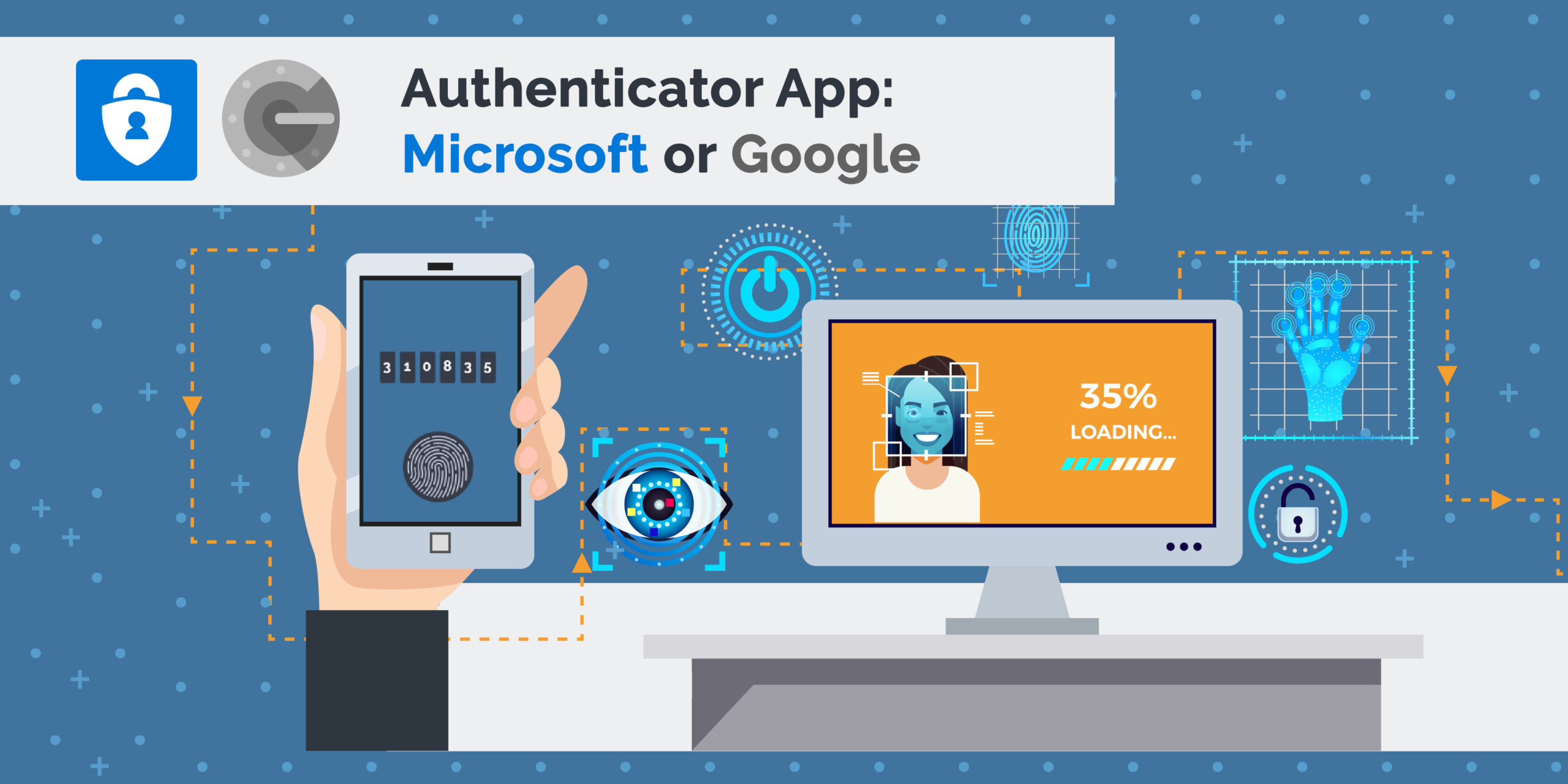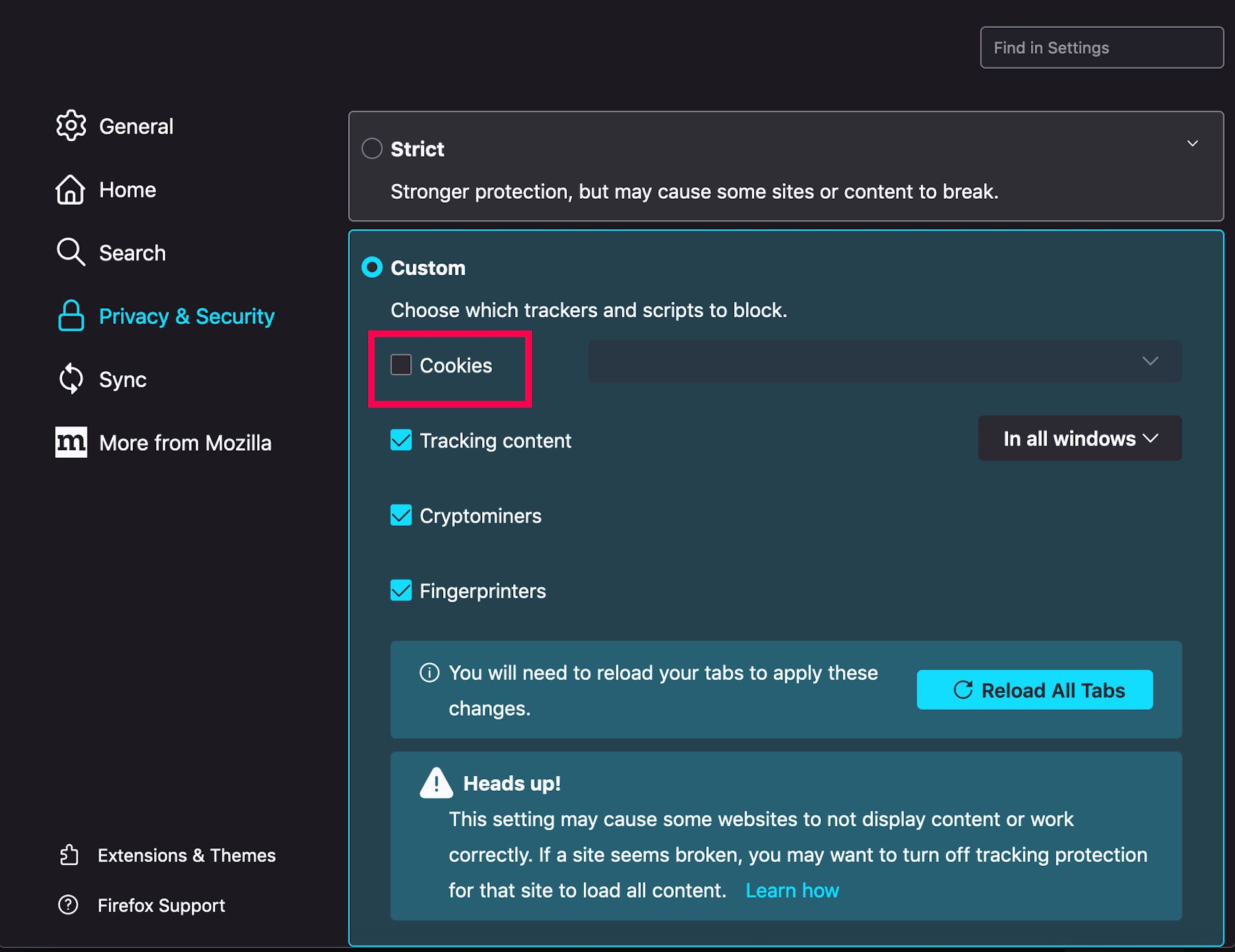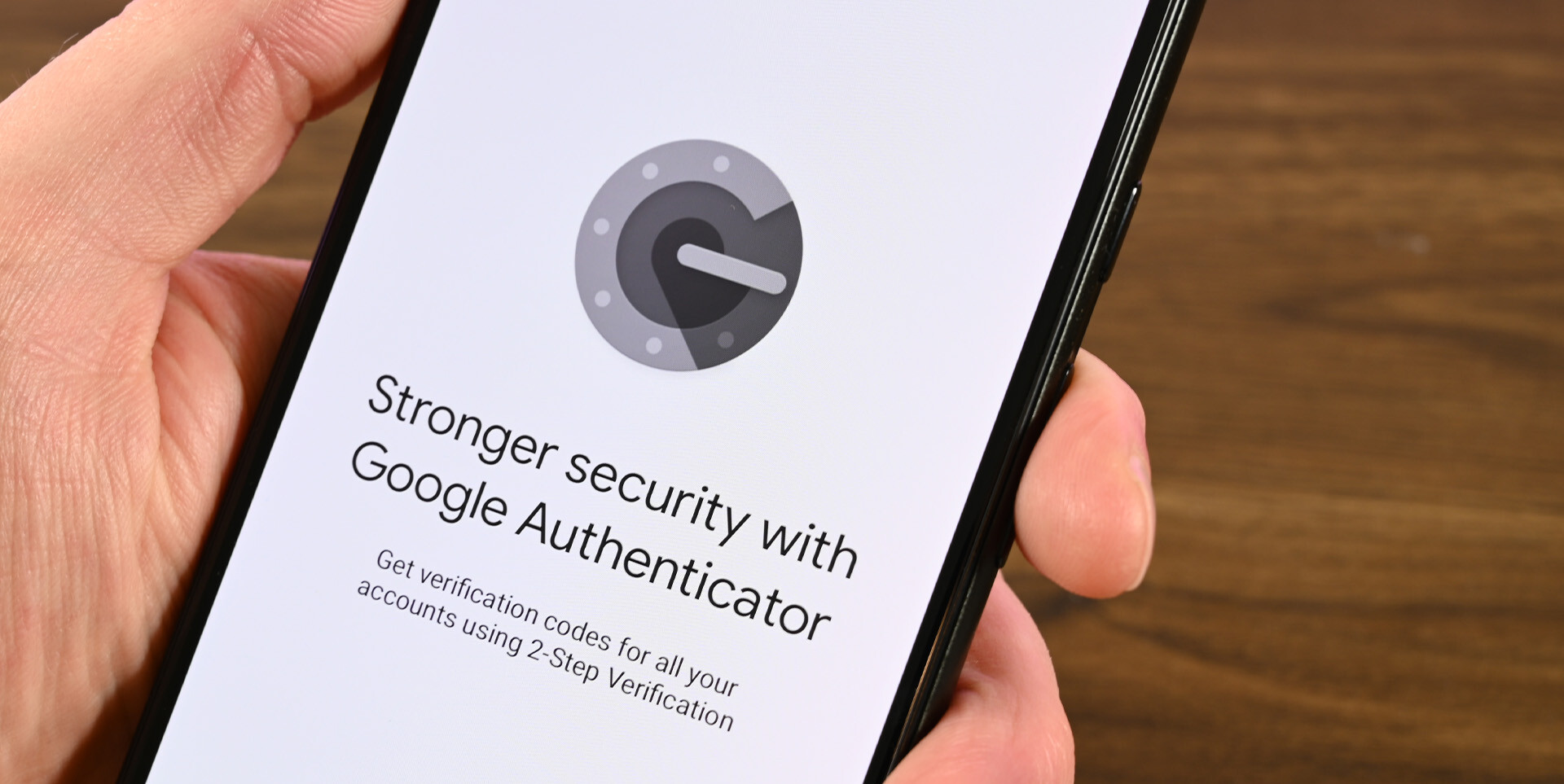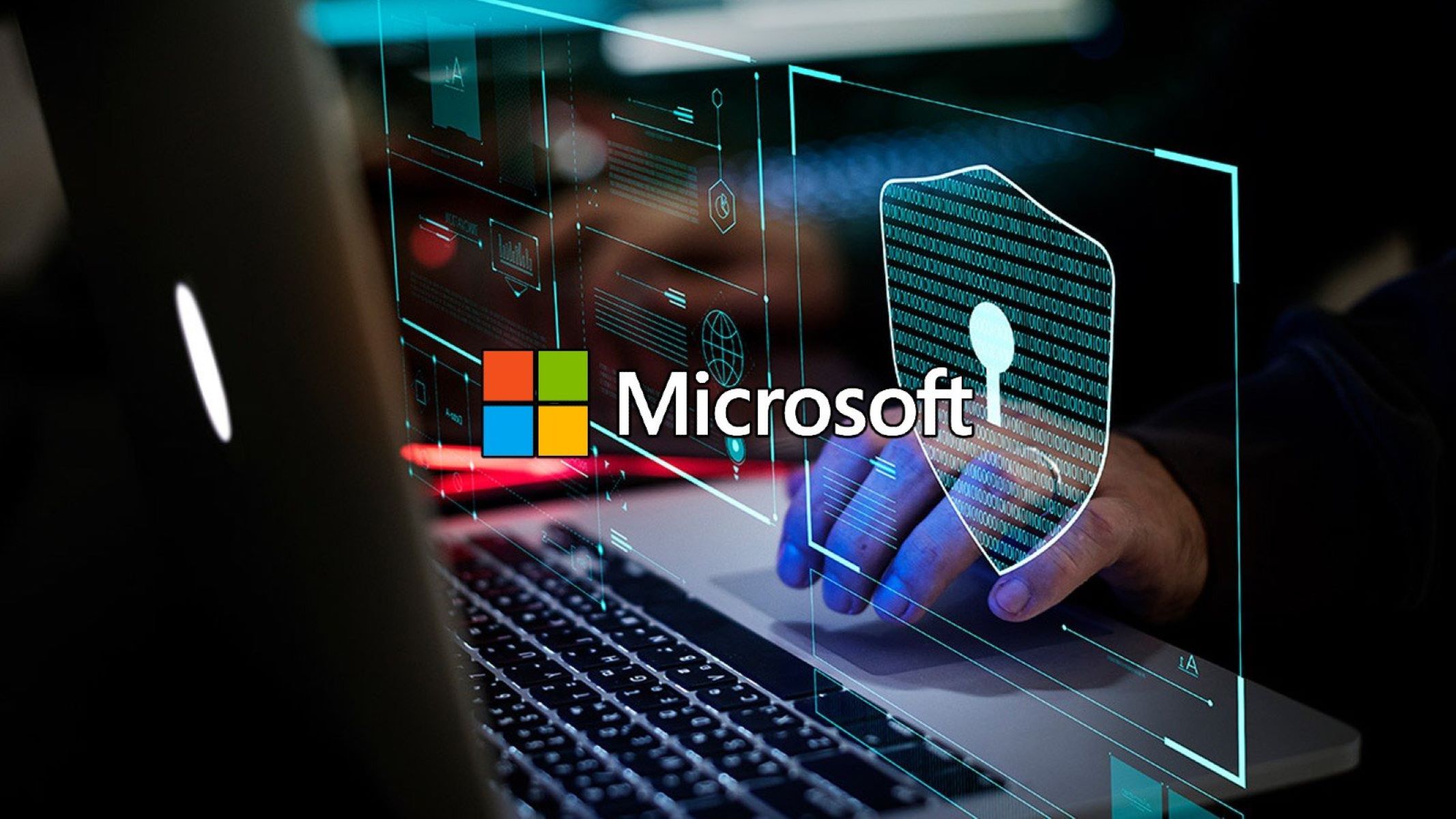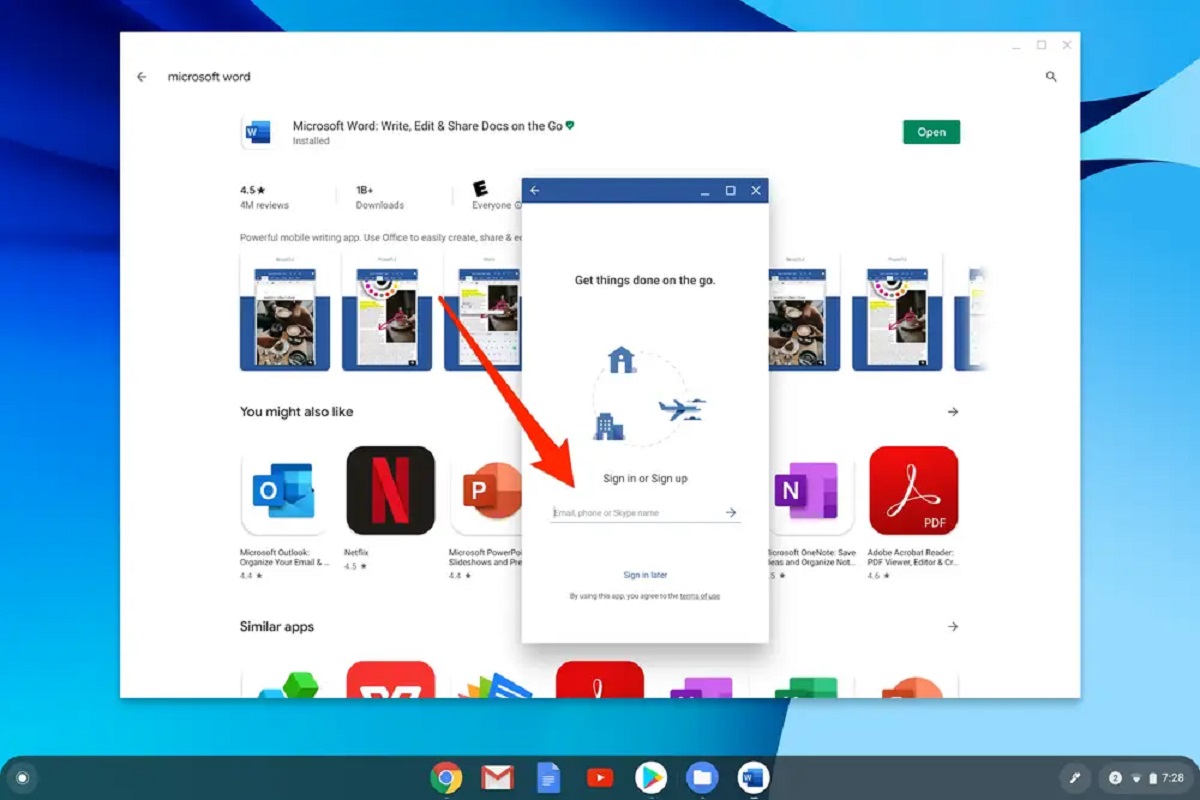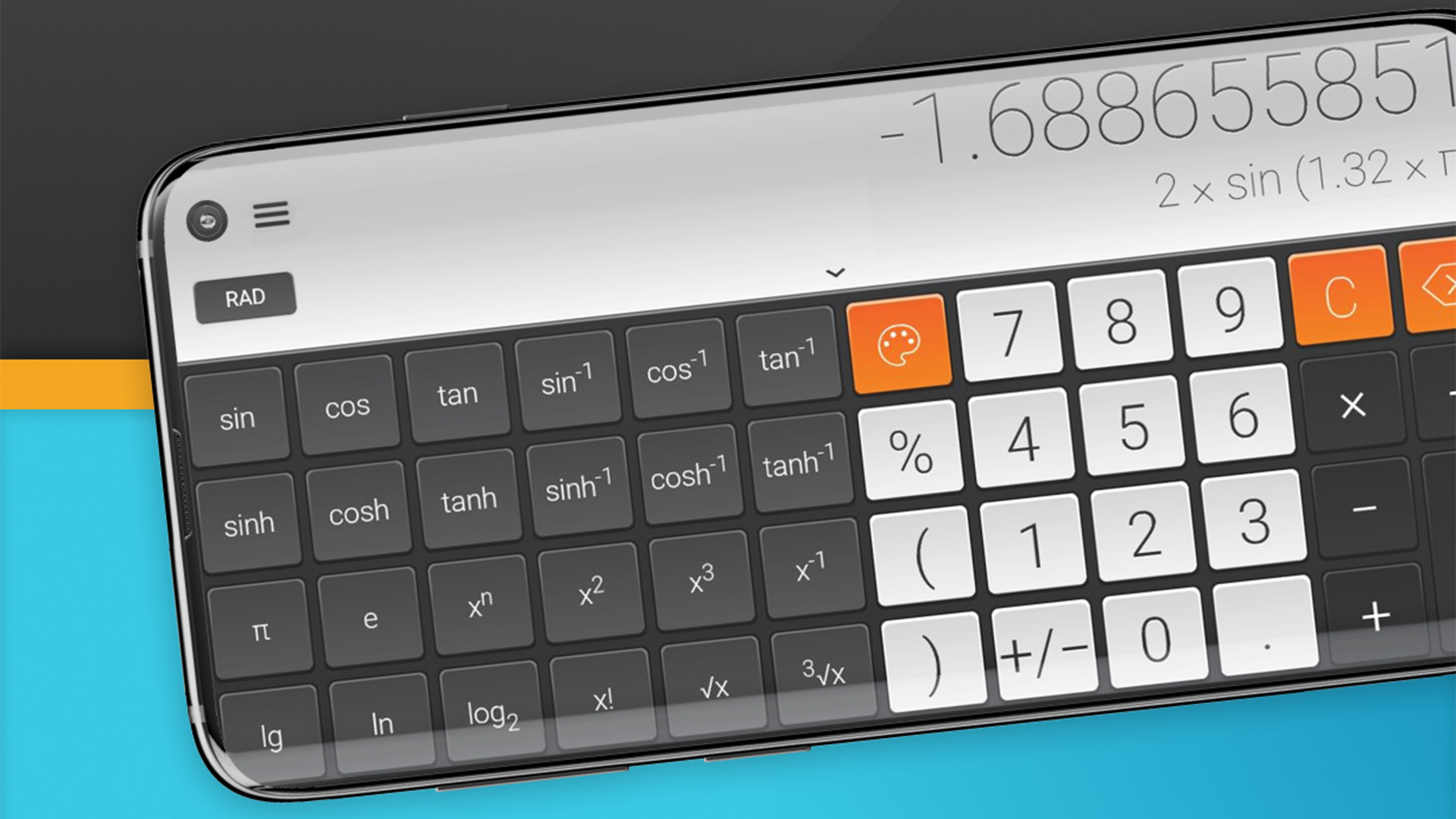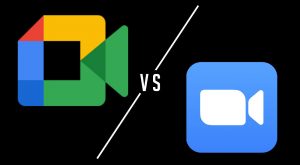Introduction
With the increasing need for secure authentication methods, users are turning to two popular options: Google Authenticator and Microsoft Authenticator. These two applications provide an additional layer of security by generating unique, time-sensitive codes that users need to enter along with their passwords to access various online services and accounts.
Both Google Authenticator and Microsoft Authenticator offer similar features and functionalities, but there are some differences that may influence your choice between the two. In this article, we will explore the key aspects of both applications, including their security features, user interfaces, compatibility with different platforms, integration capabilities, backup and recovery options, as well as user reviews and ratings.
Before we dive into the specifics, it’s worth mentioning that both Google Authenticator and Microsoft Authenticator are highly regarded and trusted authentication apps used by millions of users worldwide. The decision between the two ultimately comes down to personal preference and specific use cases.
In the following sections, we will examine each aspect in detail to help you understand the strengths and weaknesses of Google Authenticator and Microsoft Authenticator. By the end of this article, you should be able to make an informed choice on which application best meets your requirements.
What are Google Authenticator and Microsoft Authenticator?
Google Authenticator and Microsoft Authenticator are two popular mobile applications designed to enhance the security of online accounts and services by implementing two-factor authentication. These applications generate unique codes that users need to enter along with their passwords, providing an additional layer of protection against unauthorized access.
Google Authenticator, developed by Google, is available for both Android and iOS devices. It works by generating randomly generated six-digit codes that change every 30 seconds. These codes can be used to authenticate various Google services, such as Gmail, Google Drive, and Google Authenticator-compatible third-party applications.
On the other hand, Microsoft Authenticator, developed by Microsoft, is also available for both Android and iOS devices. It supports two-factor authentication for a wide range of Microsoft services, including Outlook, Microsoft 365, and Azure. Microsoft Authenticator incorporates various authentication methods, including time-based codes, push notifications, and fingerprint or face recognition, depending on the device’s capabilities.
Both applications use the same underlying technology called Time-based One-Time Password (TOTP) algorithm to generate the unique codes. This algorithm is based on a secret key that is securely stored on the user’s device and synced with the online service or account they wish to protect.
By requiring users to enter a time-sensitive code in addition to their password, Google Authenticator and Microsoft Authenticator significantly reduce the risk of unauthorized access even if an attacker manages to obtain the user’s password. This authentication method adds an extra layer of security, making it much harder for hackers and cybercriminals to gain access to sensitive information.
It’s important to note that Google Authenticator and Microsoft Authenticator are not limited to their respective company’s services. Both applications support third-party services that follow the TOTP authentication standard, allowing users to secure a wide range of accounts and services beyond just Google or Microsoft.
In the next sections, we will delve deeper into the specific features and differences between Google Authenticator and Microsoft Authenticator to help you decide which one is better suited for your needs.
Security Features
When it comes to authentication applications, security is of utmost importance. Both Google Authenticator and Microsoft Authenticator prioritize the protection of user accounts and employ several security features to ensure the integrity of the authentication process.
Google Authenticator utilizes a secret key that is stored securely on the user’s device. This key is used to generate the time-based one-time passwords (TOTPs) that are required for authentication. The secret key is unique to each account and is shared between the service provider and the user’s device during the initial setup process. This ensures that the generated codes can only be verified by the service provider, adding an extra layer of security. Additionally, Google Authenticator does not require an internet connection to generate the codes, further eliminating possible attack vectors.
Microsoft Authenticator also employs a similar approach to secure user accounts. It generates TOTPs based on a secret key stored on the user’s device. In addition, Microsoft Authenticator supports various authentication methods, including push notifications and biometric authentication (such as fingerprint or face recognition), depending on the device’s capabilities. These additional authentication options enhance the security by minimizing the risk of unauthorized access even if the user’s password is compromised.
Both applications prioritize security by using the TOTP algorithm, which introduces an element of time sensitivity to the generated codes. This time-based approach ensures that the codes expire within a short timeframe, typically 30 seconds, making them useless to attackers after the expiration. This feature adds an extra layer of protection against replay attacks and unauthorized code reuse.
Regarding the security of the secret key itself, both Google Authenticator and Microsoft Authenticator store it securely on the user’s device. The secret key is encrypted and protected against unauthorized access, ensuring that it cannot be easily extracted or tampered with. Additionally, both applications provide the option to enable biometric authentication or passcode protection to access the app itself, further safeguarding the secret key and the generated codes.
As for the security of the overall authentication process, both Google Authenticator and Microsoft Authenticator follow industry best practices and standards. They have undergone rigorous security audits and testing to ensure that the encryption algorithms, secure storage mechanisms, and authentication processes are robust and secure.
While both Google Authenticator and Microsoft Authenticator offer strong security features, it is important to note that no authentication method is entirely foolproof. Users should still exercise caution when using these applications and follow good security practices, such as selecting strong passwords and regularly updating them.
The next sections will explore the user interface, compatibility, integration, backup options, and user reviews of Google Authenticator and Microsoft Authenticator to provide a comprehensive comparison of the two applications.
User Interface and Ease of Use
When it comes to authentication apps, a user-friendly and intuitive interface plays a vital role in ensuring a seamless user experience. Both Google Authenticator and Microsoft Authenticator strive to provide a user-friendly interface, but there are some notable differences in their designs and ease of use.
Google Authenticator sports a minimalistic and straightforward interface. Upon opening the app, users are greeted with a list of their added accounts, each displaying the corresponding service or account name along with the six-digit code. The app’s interface focuses on displaying the codes clearly and prominently, simplifying the authentication process. However, managing and organizing multiple accounts can be a bit cumbersome, especially if you have a long list of added services.
Microsoft Authenticator also features a clean and user-friendly interface. The app offers a tabbed layout that allows users to switch between different sections easily. Along with the codes, Microsoft Authenticator provides additional account details such as the account name and associated email address, making it easier to identify the desired account. Microsoft Authenticator also groups accounts based on the service provider, allowing for better organization and management of multiple accounts.
Both applications offer a seamless setup process, guiding users through the necessary steps to add accounts. However, Microsoft Authenticator has an edge in terms of ease of setup for Microsoft services. Since it is developed by Microsoft, the app seamlessly integrates with Microsoft’s ecosystem, making it quick and straightforward to set up two-factor authentication for Microsoft services like Outlook and Microsoft 365.
In terms of compatibility, both Google Authenticator and Microsoft Authenticator are compatible with Android and iOS devices, ensuring broad accessibility across various platforms. Furthermore, both applications provide widgets that can be added to the home screen, allowing for quick access to codes without having to open the app each time.
It’s worth noting that both Google Authenticator and Microsoft Authenticator have made efforts to improve the user experience by offering backup and sync capabilities. Google Authenticator allows users to back up the added accounts using their Google account, making it easier to restore accounts on a new device. Microsoft Authenticator offers a similar backup functionality using the user’s Microsoft account.
Ultimately, the preference for user interface and ease of use may come down to personal preference. Some users may appreciate the simplicity of Google Authenticator, while others may prefer the additional organization and account details that Microsoft Authenticator provides.
The next sections will explore the compatibility of both applications with different platforms and services, as well as their integration capabilities with other apps and services.
Compatibility with Different Platforms and Services
When choosing an authentication app, it is important to consider its compatibility with different platforms and services. Google Authenticator and Microsoft Authenticator both offer cross-platform compatibility and support for a wide range of services, but there are some differences to take note of.
Google Authenticator is available for both Android and iOS devices, making it accessible to a large number of users. It is primarily designed to secure Google services such as Gmail, Google Drive, and Google Authenticator-compatible third-party applications. However, Google Authenticator also supports the Time-based One-Time Password (TOTP) standard, which means it can be used for other services that follow the same authentication protocol. This flexibility allows users to use Google Authenticator for a variety of accounts beyond just Google services.
On the other hand, Microsoft Authenticator is also available for both Android and iOS devices, ensuring compatibility across different platforms. While it excels in offering seamless integration with Microsoft services such as Outlook, Microsoft 365, and Azure, Microsoft Authenticator also supports other services that follow the TOTP standard. This means that users can use Microsoft Authenticator for a wider range of accounts beyond just Microsoft services.
It’s important to note that some services may have their own dedicated authentication apps or might offer built-in support for two-factor authentication without requiring the use of third-party applications. In such cases, it is advisable to check if the service in question provides native support or recommends a specific authentication app.
Additionally, both Google Authenticator and Microsoft Authenticator provide the ability to scan QR codes during the setup process, making it easier to add accounts to the app. QR code scanning is a convenient method for quickly configuring accounts, eliminating the need to manually enter account details and secret keys.
In terms of compatibility with third-party applications, both Google Authenticator and Microsoft Authenticator support applications that follow the TOTP standard. These apps usually provide an option to enable two-factor authentication and allow for the use of authentication apps such as Google Authenticator or Microsoft Authenticator. This interoperability ensures that users can secure a variety of accounts and services using either application.
The next section will explore the integration capabilities of Google Authenticator and Microsoft Authenticator with other apps and services, providing insights into their extensibility and convenience.
Integration with Other Apps and Services
Integration with other apps and services is an important consideration when choosing an authentication app. Both Google Authenticator and Microsoft Authenticator offer integration capabilities that allow for a seamless and secure authentication experience across various platforms and services.
Google Authenticator integrates well with Google services by providing a built-in option for two-factor authentication. When setting up two-factor authentication for a Google service, users can choose to use Google Authenticator as their preferred authentication method. This integration ensures a streamlined experience, as the codes generated by Google Authenticator work seamlessly with Google’s services, including Gmail, Google Drive, and Google Authenticator-compatible third-party applications.
In addition to Google services, Google Authenticator also supports other applications and services that follow the Time-based One-Time Password (TOTP) standard. These services usually provide an option to enable two-factor authentication and allow users to use Google Authenticator as their authentication app of choice. This wide compatibility makes Google Authenticator a versatile option for securing accounts beyond just Google services.
Microsoft Authenticator, as the name suggests, is designed to integrate seamlessly with Microsoft services. It offers a convenient and straightforward setup process for enabling two-factor authentication on Microsoft accounts, such as Outlook, Microsoft 365, and Azure. The app’s integration with Microsoft’s ecosystem ensures that users can easily set up and manage two-factor authentication for their Microsoft services.
Similar to Google Authenticator, Microsoft Authenticator also supports third-party applications and services that follow the TOTP standard. These services typically provide an option to enable two-factor authentication and allow users to use Microsoft Authenticator as their preferred authentication app.
Furthermore, both Google Authenticator and Microsoft Authenticator can be used with popular password managers that support TOTP. Password managers such as LastPass, 1Password, and Bitwarden offer the option to use Google Authenticator or Microsoft Authenticator as the second factor for authentication. This integration enhances the overall security of password managers by adding an extra layer of protection.
It’s important to note that while both Google Authenticator and Microsoft Authenticator offer integration capabilities, the availability and extent of integration may vary depending on the specific service or application being used. When considering an authentication app, it is recommended to review the documentation or support resources of the service or application to determine if it supports the desired authentication app.
The next section will discuss the backup and recovery options offered by Google Authenticator and Microsoft Authenticator, providing insights into how users can protect and retrieve their accounts in case of device loss or failure.
Backup and Recovery Options
Backup and recovery options are essential aspects of any authentication app, ensuring that users can retrieve their accounts and settings in case of device loss, damage, or upgrade. Both Google Authenticator and Microsoft Authenticator offer backup and recovery options to provide users with peace of mind.
Google Authenticator provides the ability to back up and restore added accounts using a Google account. This feature is particularly useful when users switch to a new device or need to recover their accounts after a device reset. By linking the Google Authenticator app to their Google account, users can easily restore their added accounts on a new device without the hassle of reconfiguring each account individually.
Microsoft Authenticator offers a similar backup and recovery mechanism through a Microsoft account. By signing in to the Microsoft Authenticator app using a Microsoft account, users can back up their added accounts and restore them on a new or reset device. This functionality simplifies the process of migrating to a new device or recovering accounts after a device malfunction.
It’s important to note that while both apps offer backup and recovery options, it’s crucial to keep the respective accounts’ login credentials (Google account or Microsoft account) secure. Compromised login credentials may lead to unauthorized access to the backed-up accounts.
In addition to backup and recovery, it’s worth mentioning that Google Authenticator provides a manual account transfer feature. This feature allows users to transfer their accounts to a new device by manually scanning the QR codes or entering the secret key associated with each account. This option is particularly useful when transferring accounts to a device that does not have the same Google account linked to the previous device.
Microsoft Authenticator also offers a similar manual transfer option. By using the import/export functionality, users can export the account information as a file and import it into another device running Microsoft Authenticator. This method allows for more flexibility in transferring accounts across devices.
It is important to regularly back up the added accounts in the authentication apps to avoid losing access to important services in case of device failure or loss. Users should ensure they follow the recommended backup procedures provided by Google Authenticator and Microsoft Authenticator to safeguard their accounts and ensure a smooth recovery process.
The next section will explore user reviews and ratings of Google Authenticator and Microsoft Authenticator, providing insights into the experiences and satisfaction levels of users.
User Reviews and Ratings
When considering the suitability of Google Authenticator and Microsoft Authenticator, it’s valuable to take into account the experiences and opinions of users. User reviews and ratings provide insights into the overall satisfaction level and effectiveness of these authentication apps.
Google Authenticator has garnered positive reviews, earning a high rating on both the Google Play Store and the Apple App Store. Users appreciate its simplicity, reliability, and compatibility with a wide range of services. Many users find the app easy to set up and use, praising its ability to generate codes quickly and accurately. Users also appreciate the app’s offline functionality, as it does not require an internet connection to generate codes. However, some users express frustration with the lack of backup options beyond the Google account method.
Similarly, Microsoft Authenticator has received positive reviews and high ratings on both the Google Play Store and the Apple App Store. Users commend Microsoft Authenticator for its seamless integration with Microsoft services, making two-factor authentication setup and management effortless. The app’s compatibility with other TOTP-supported services is also well-received. Users appreciate the app’s user-friendly interface, backup and recovery options, and the availability of additional authentication methods like push notifications and biometric authentication. However, a few users have reported occasional syncing issues or difficulties with account setup for certain services.
It’s important to note that individual experiences and opinions can vary, and some negative reviews may be specific to certain user scenarios or technical issues. Additionally, user reviews should be viewed in aggregate to identify common themes and trends.
Considering the overall positive reviews and high ratings for both Google Authenticator and Microsoft Authenticator, it is clear that these authentication apps have been well-received by users. The high ratings reflect the satisfaction and trust users have in the security and usability of these applications.
The next section will wrap up the comparison of Google Authenticator and Microsoft Authenticator by summarizing the key points discussed and helping you make an informed decision based on your specific needs and preferences.
Conclusion
Google Authenticator and Microsoft Authenticator are both excellent authentication apps that provide an additional layer of security through two-factor authentication. While both apps offer similar functionalities, there are some notable differences that may influence your preference.
Google Authenticator stands out for its simplicity and compatibility with various services beyond just Google. Its minimalistic interface and offline functionality make it a user-friendly option for securing accounts. The ability to back up and restore accounts using a Google account adds an extra layer of convenience.
On the other hand, Microsoft Authenticator excels in its seamless integration with Microsoft services. It offers additional authentication methods like push notifications and biometric identification, enhancing the security and user experience for Microsoft account holders. The app also provides a convenient backup and recovery option using a Microsoft account.
When choosing between Google Authenticator and Microsoft Authenticator, consider factors such as the services you use, the ease of setup, the user interface, and the backup options provided. Think about your specific needs and preferences, as well as the level of compatibility you require with various services and platforms.
Regardless of your choice, using either Google Authenticator or Microsoft Authenticator will greatly enhance the security of your online accounts and protect your sensitive information from unauthorized access. Both apps have a strong track record and positive user reviews, indicating their effectiveness in providing secure two-factor authentication.
Remember, the decision ultimately comes down to personal preference and the specific requirements of your accounts and services. Whichever app you choose, make sure to follow best security practices, such as using strong passwords and regularly updating them, to further bolster your online security.
Take the time to evaluate the features, compatibility, and user feedback to make an informed decision, and enjoy the peace of mind that comes with an added layer of security for your online accounts.
Final Thoughts
Google Authenticator and Microsoft Authenticator are both reliable and widely used authentication apps that provide an extra layer of security for your online accounts. Choosing between the two ultimately depends on your specific needs and preferences.
If you are heavily reliant on Google services or prefer a simple and minimalistic interface, Google Authenticator may be the right choice for you. It offers broad compatibility with various services and the convenience of backing up and restoring accounts using a Google account.
On the other hand, if you primarily use Microsoft services or prefer an app that seamlessly integrates with the Microsoft ecosystem, then Microsoft Authenticator is a strong contender. Its additional authentication methods, such as push notifications and biometric identification, provide enhanced security and convenience for Microsoft account holders.
Both apps come highly recommended by users, as reflected in their positive reviews and high ratings. Whichever app you choose, you can trust that your accounts will be well-protected with two-factor authentication.
Regardless of your choice, it is essential to prioritize the security of your accounts. Remember to regularly update your passwords, enable two-factor authentication whenever possible, and follow best security practices to safeguard your personal information.
Overall, the decision between Google Authenticator and Microsoft Authenticator should be based on your specific requirements, such as the services you use and your preferred user interface. Evaluate the features and consider user feedback to make an informed decision. Regardless of which app you choose, both Google Authenticator and Microsoft Authenticator will help strengthen the security of your online accounts and provide you with peace of mind.
Now that you have a comprehensive understanding of both apps, take the necessary steps to enhance the security of your accounts by incorporating two-factor authentication with either Google Authenticator or Microsoft Authenticator, and enjoy the added protection they provide.









